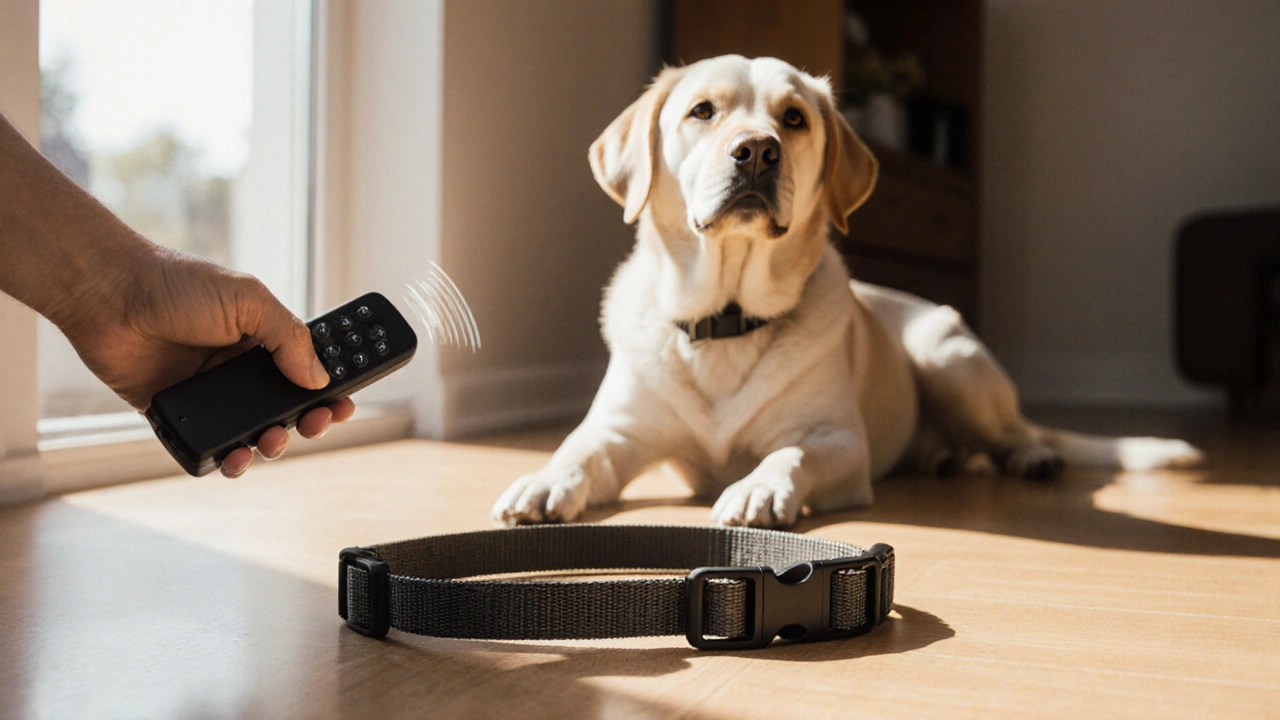Behavior Correction for Dogs: Easy, Real‑World Advice
When dealing with behavior correction, the process of modifying unwanted dog actions into positive habits. Also known as behavior training, it blends science and everyday care. Effective correction leans on dog training, structured practice that teaches cues and responses, uses positive reinforcement, reward‑based techniques that encourage repeatable good behavior, and considers dog anxiety, the emotional stress that can trigger problem actions. Together these elements create a clear path: behavior correction encompasses dog training, requires positive reinforcement, and is influenced by dog anxiety.
Why Simple Tools Beat Harsh Methods
Most owners think a harsh collar will solve issues fast. In reality, tools like prong collars, metal‑linked devices that pinch the neck when tension is applied often increase fear and worsen the very problem they aim to fix. A calmer approach—using a clicker or tasty treat—keeps the dog relaxed and more likely to learn. When anxiety spikes, a dog may bark, chew, or jump even more, so addressing the emotional root is crucial before adding any correction technique.
Practical behavior correction starts with identifying the trigger, then applying a calm, consistent response. For example, if your pup jumps on guests, teach an “off” cue during low‑stress moments and reward staying seated. Over time, the dog links guests with calm behavior because the reward follows the desired action, not the jump. This method works because it respects the dog’s learning style, leverages positive reinforcement, and avoids the confusion that punishment‑based tools cause.
Another key piece is timing. Rewards given within two seconds of the good action cement the connection in the dog’s mind. Missed timing or delayed correction can reinforce the wrong behavior instead. Pairing a clicker sound with a treat creates a clear marker, making it easier for the dog to understand exactly what earned the reward. This precise feedback loop is why many trainers swear by clicker training as a core part of behavior correction.
Finally, consistency across family members and environments matters. If one person allows a dog onto the sofa while another scolds it, the pet receives mixed messages and the correction stalls. Set house rules, write them down, and stick to them. Incorporate short, daily training sessions to keep skills fresh—just five minutes a day can make a huge difference. By blending dog training fundamentals, reward‑focused reinforcement, and anxiety awareness, you’ll see fewer unwanted habits and a happier, more confident companion.
Ready to dive deeper? Below you’ll find a hand‑picked collection of guides that walk you through everything from grooming stress to travel safety, all tied back to solid behavior correction principles.
Posted By Bryndle Redding On 25 Oct 2025 Comments (0)
Do Vibrating Dog Collars Actually Work? Pros, Cons & Science Explained
Explore whether vibrating dog collars actually work, backed by research, pros and cons, safety tips, and a guide to choosing the right one for your pet.
READ MORE